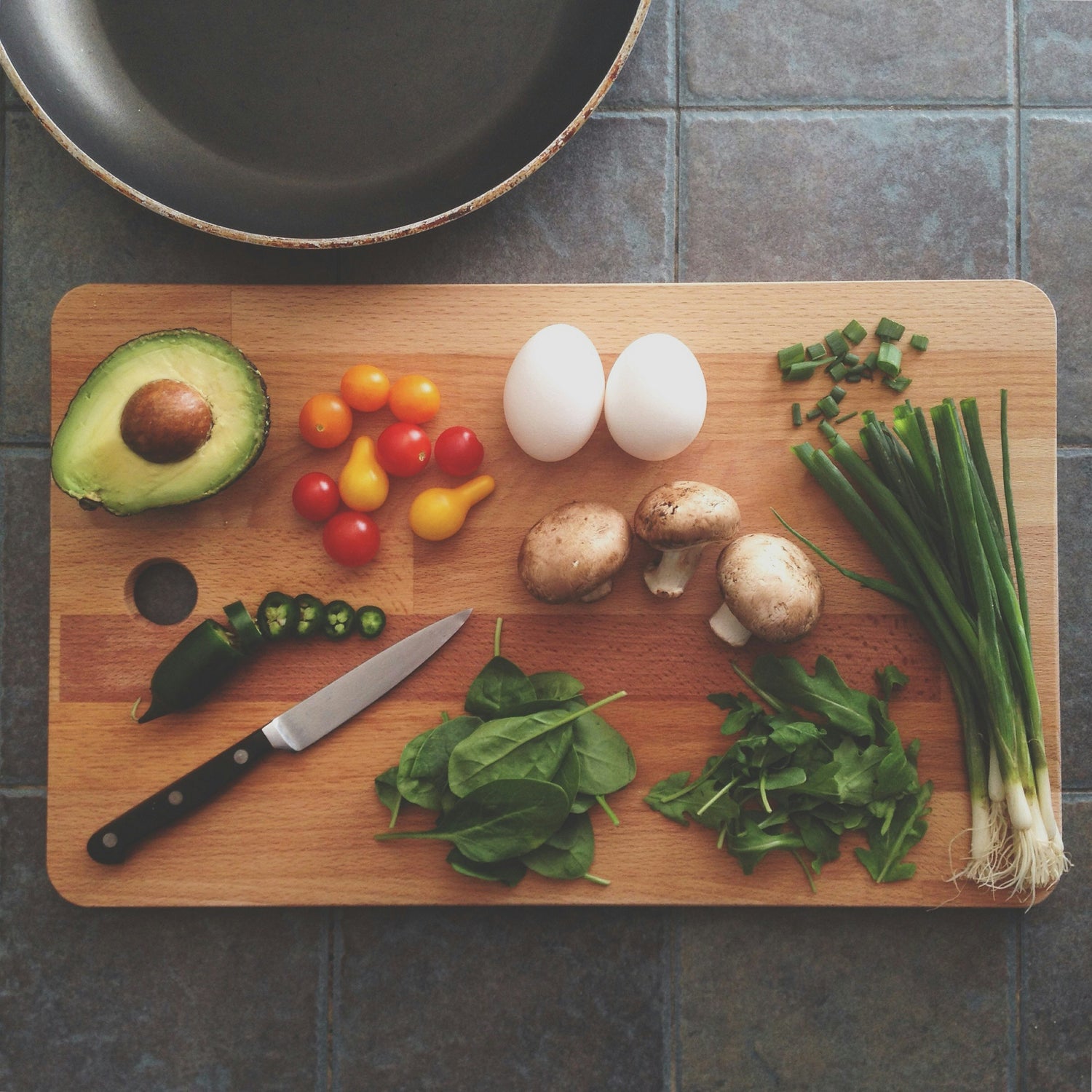Forty years ago, when a young Dan Moriarty was asleep at a campsite in Jalisco, Mexico, he had a classic ‘initiation’ experience into the wonders of herbalism. In the middle of the night he was bitten by a venomous scorpion, and instantly woke in extraordinary pain and barely able to draw a breath. He believes his life was saved by a local Huichol Indian who offered him hot tea made from a jungle root called Guaco. Guaco can be a powerful bronchodilator. “Within a minute I could breathe again, and I began to cry with relief,” recalls Moriarty. Later, Moriarty recalls, he visited the man in his hut and “he grabbed me by both wrists and looked deep into my eyes with his own coal black eyes, as if he was imparting something to me.”
Dan’s Hungarian herbalist mother, who specialized in women’s health, lived further down the coast in Colima, Mexico, and when he visited her she explained that every genuine healer, every medicine man or woman, has first undergone an experience where they nearly died. She offered to train him how to choose and internalize herbs, teachings given to her by her own immigrant mother, who grew her own herbs in the garden. She also told him to pick a class of herbs, and he chose adaptogens—those marvelous tonics found in every herbal medicine cabinet, that nudge us toward balance and harmony, and help our bodies respond to stress with resilience and vigor, not with fight, flight, or exhaustion.
Four decades later, we have NanoMojo, a liposomal formulation of Dan’s adaptogen blend, formulated by Dan, and enhanced by the advanced delivery systems developed by Chris Shade, PhD, founder of Quicksilver Scientific. According to Dr. Shade, “Dan has been working with herbs almost as long as I’ve been on this earth…. It was an extraordinary challenge to encapsulate these complex herbals in a formula with so many necessary moving parts, for liposomal delivery—especially a tiny, highly absorbable, unilamellar liposome.” But they did it, and the result is a liposomal adaptogenic tonic where a dose 1/8th the amount of a traditional formula actually packs more power and harmonics than any standard herbal formulation. Learn more about Dan’s amazing story in our recent interview with him.
Quicksilver Scientific: Tell us why you chose adaptogenic herbs as your specialty.
Moriarty: They possess a broad spectrum of healing properties while being non-toxic to the organs. They essentially support normal functioning, particularly by increasing non-specific resistance to stress. They balance physiology at a cellular level for stress accommodation, and help the body achieve homeostasis. Think of a violin. If tuned too tightly the stress will break the strings. If tuned too loosely, the strings will be floppy. Either way, you won’t have music. Adaptogens tune your body to the right pitch and tension.
QS: After your scorpion bite, when your mom, an experienced herbalist, offered to train you, what techniques and insights did she pass on?
Moriarty: One of her great gifts was teaching me how to truly and intimately know an herb. She told me of five aspects of physiology that ultimately blend to help your body stay in balance. Those five aspects are trade and family secrets so I won’t divulge them here, but she instructed me to take a given herb in the morning on an empty stomach, and in the evening before bed, and keep a record of my response for all five aspects during an entire month’s cycle. That would pertain to the cycles of the moon, and how they affect your body. Secondly, she told me to keep the same record for an entire year, through all four solstice seasons. And it blew my mind. I started with ginseng and I discovered that herbs acted differently on me according to the season, as well as over the course of a single month. For instance, an herb will affect you differently if your body is in a hibernation mode as opposed to an energizing mode. That’s when I thought, “My mom really does know what she’s talking about, and she really is a master herbalist.”
So my task, then, was to intimately know each adaptogenic herb by taking it and making notes and observing its effects, and then create a formula that would protect us through all the seasons. And of course, the plants themselves respond to their environment, to altitude, humidity, stress, temperature, local soil, and the seasons. So where they are grown and how they are harvested also matters immensely. All these environmental factors influence the activity and expression of the genes, and the amount of specific phytochemicals they produce. When we consume those plants, they are like messengers, telling us what kind of environment produced them and offering us their plant gifts for handling that environment well. In fact, I think we can even zoom out to think about the entire earth, and the gravitational field around it. There are fluctuations of gravitational strength, gradient and curvature depending on where you are on Earth. I’m convinced adaptogens respond to that and so do we.
QS: So how do you bring all that insight into your formula?
Moriarty: By creating a global resonance formula that anybody anywhere on the planet can benefit from. You don’t need large amounts of any particular ingredient, because the beauty here is that small amounts of each herb move you forward, so that the overarching effect on your body is both nonspecific and effective. The ingredients come from all the major geographic areas—Russia, America, South America, Asia, the Indian subcontinent. Some are well known and some a bit surprising. Ancient systems of herbal wisdom inform the choices, from Ayurvedic to Chinese medicine to European herbalism. And that’s verified by the biochemistry of today, which explores mechanisms of action.
QS: Let’s go over some of the special qualities of these nineteen choice herbs, why you chose them, what they do, and how you source them. Shall we start with the three varieties of ginseng that you include, and why?
Moriarty: The first is Gynostemma, one of the most popular herbs in all of Asia, and also known as ‘southern ginseng’ because it is a traditional adaptogen and longevity herb. It turns out to contain some ginsenosides that were once thought to be wholly unique to Panax Ginseng. But the bulk of the active constituents are known as gypenosides, and there are over eighty of them, many yet to be fully studied and characterized. This herb is traditionally used to help support and maintain normal healthy respiratory, cardiovascular, digestive and liver functions, as well as help lower blood sugar. Gynostemma has the ability to modulate some of the other herbs in the formula, and that’s why it has such a prominent position.
The formula also contains Siberian Ginseng root (Eleutherococcus senticosus) and American Ginseng root (Panax quinquefolius). Siberian ginseng’s active components are called eleutherosides, and it is widely used in Russia to increase
energy, longevity, and vitality. American ginseng is a true tonic, which the Asians figured out long ago, and they try to buy the whole crop every year. We work very hard to stabilize our supply of American ginseng.
QS: How about Maca?
Moriarty: Maca is fascinating. Maca is a cruciferous vegetable in the mustard family, related to radishes and turnips. It is used as food and medicine in the Andes mountains of Peru. It is also a completely different plant when it grows at 8000 feet altitude as opposed to 5000 feet or below. That’s because of the very different stresses it’s under at high altitude with thin soils and much more UV light. It develops many more protective effects at high altitude. The Lapidium peruvianum strain grown at high altitude is very hard to get, and over the years we have developed a very good source for that part of our formula.
QS: Next up, berries.
Moriarty: We use goji berry, or the “wolfberry fruit”, formally known as Lycium. Long ago in Rome, people noticed that wolves ate these berries, and since wolves were powerful predators, humans began to eat them, too. And as time went on we discovered this berry grows in many places: from the highest elevations of the Himalayas, all the way down into the forests of India, and clear into Europe and lo and behold, all over Mongolia. It is one of the most power-packed little packets of food you could ever put in your body. It benefits your health, energy, eyesight and microbiome. And though it grows in many places we like to get the premium, medicinal grade, high altitude variety. The Lycium we use is simply fantastic.
QS: Though there are many other herbs in your formula we could discuss, one of the most interesting may be Chinese licorice root. Tell us a little about that.
Moriarty: Chinese licorice root is a choice that shows exactly what we strive to do here that is special. Almost every Chinese herbal formula uses Asian licorice (Glycyrrhiza glabra) because it is demulcent and modulating and allows the whole formula to be accepted by the body. And unlike the Glycyrrhiza glabra most of us know very well, Chinese licorice does not raise blood pressure or affect the heart. So we don’t use the variety that potentially has deleterious effects on the body.
The formula also uses Schisandra berry, also known as the five-flavor berry. It is purely a medicinal berry, and called five flavor because it’s sweet, sour, salty, bitter and pungent all at once. It is considered an immortality herb, and is used throughout Asia.
If you wish, you can make a beautiful tea from the raw Chinese licorice root, Schisandra berry and Lycium (goji) berry. Drink it at night and you will sleep like a baby and wake like a different person. It’s particularly helpful in winter.
QS: Any final thoughts?
Moriarty: Honestly? I think the liposomal formulation here is a true masterpiece. The Mojo formula and the nano-liposomes go together like peanut butter and chocolate. And who doesn’t like peanut butter and chocolate? But on a more serious note, when applied correctly, adaptogens can make a bigger difference in one’s health than any other system out there.
References:




